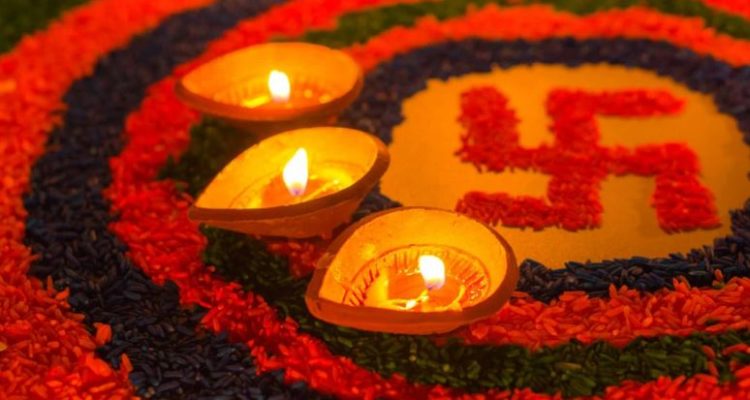Those who know Swastika only as Nazi Hakenkreuz (Hooked Cross) may be surprised to learn that it is one of the oldest, most widely distributed religious symbols in the world.
The swastika is an Indian symbol of peace and auspiciousness that Hitler hijacked for his preposterous Nazi superiority concept. The swastika is far older, dating back to the Indus Valley Civilization (3rd Millennium BCE), i.e., even before the Vedic Aryan Age, in the Indian Subcontinent.
Unfortunately, whenever this issue comes up, the horrors of Hitler’s hijacking of Swastika to fit his Nazi supremacy generally take centre stage.
Those who know Swastika only as Nazi Hakenkreuz (Hooked Cross) may be surprised to learn that Swastika is one of the oldest, most widely distributed religious symbols in the world.
Swastika-like forms appear on Palaeolithic carvings on mammoth ivory from Ukraine, dated circa 10,000 BCE. This symbol also figures in the oldest coinage in India. Persia, Asia Minor, and Greece represented the rotating axis Mundi with the symbol of a Swastika.
On a Boeotian amphora of the 7th century BCE, it was presented as a sacred sign of the Goddess Artemis. It also represented many other deities from Iceland to Japan and Scandinavia to North Africa. It was much used in Troy and Mycenae before the 13th century BCE (Walker, 1983, p. 964).
The symbol of Swastika is found engraved in the steatite seals of Harappa, Mohenjo-Daro, and Lothal, this is the earliest occurrence of the symbol of Swastika in India. This along with other symbols is also found on the earliest currency of India viz., the punch-marked coins (Ramachandran, 1960, p. 81).
Read the article in The Australia Today.

